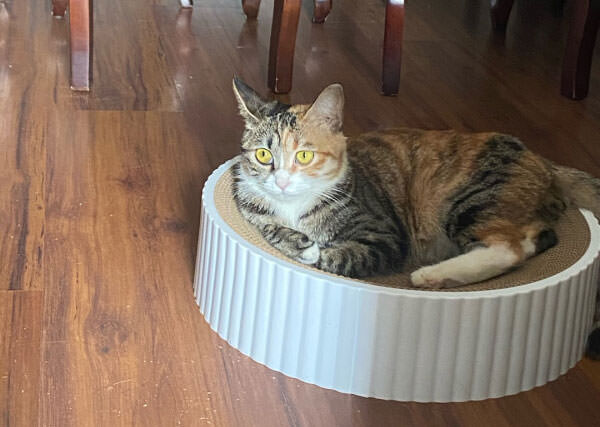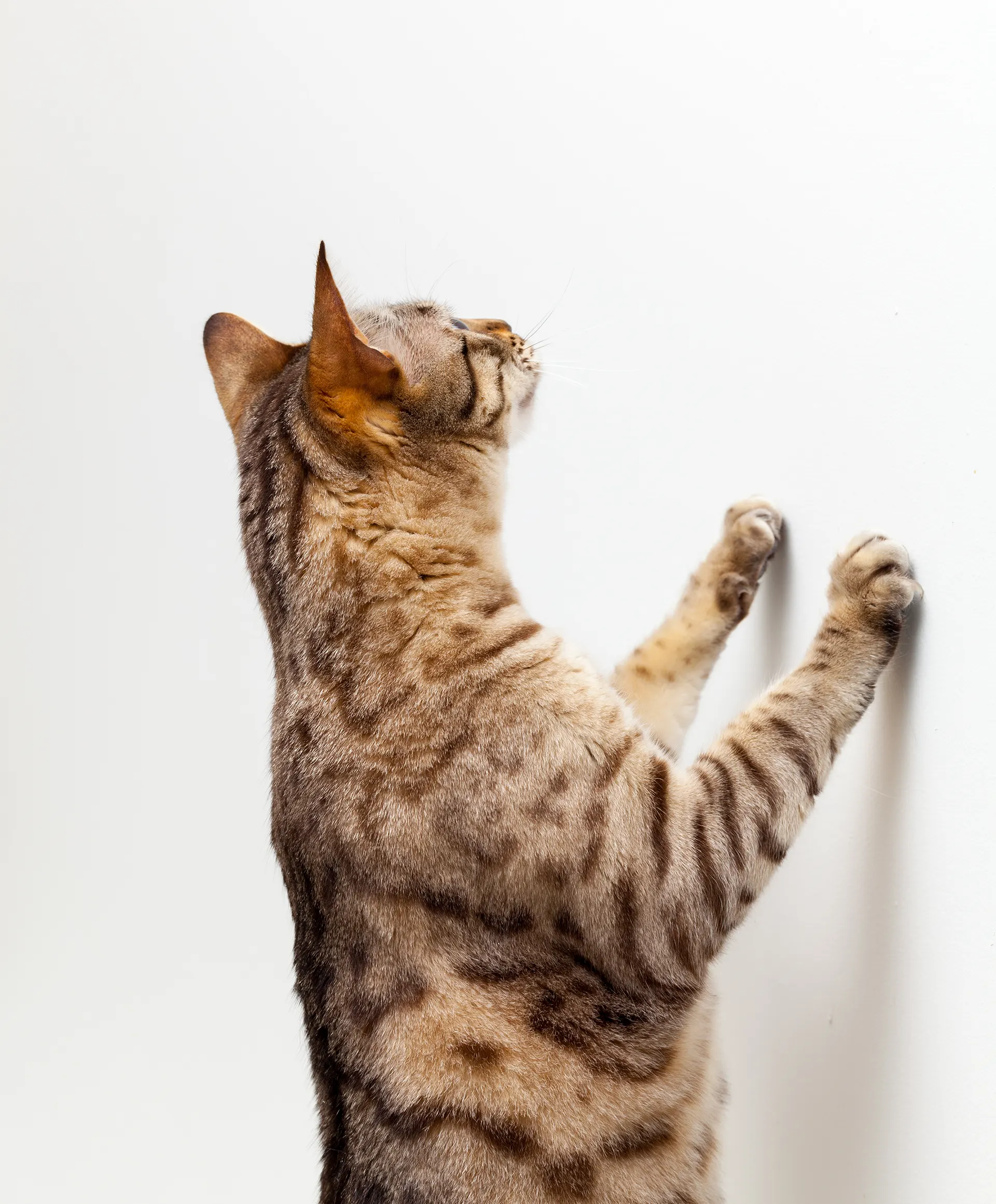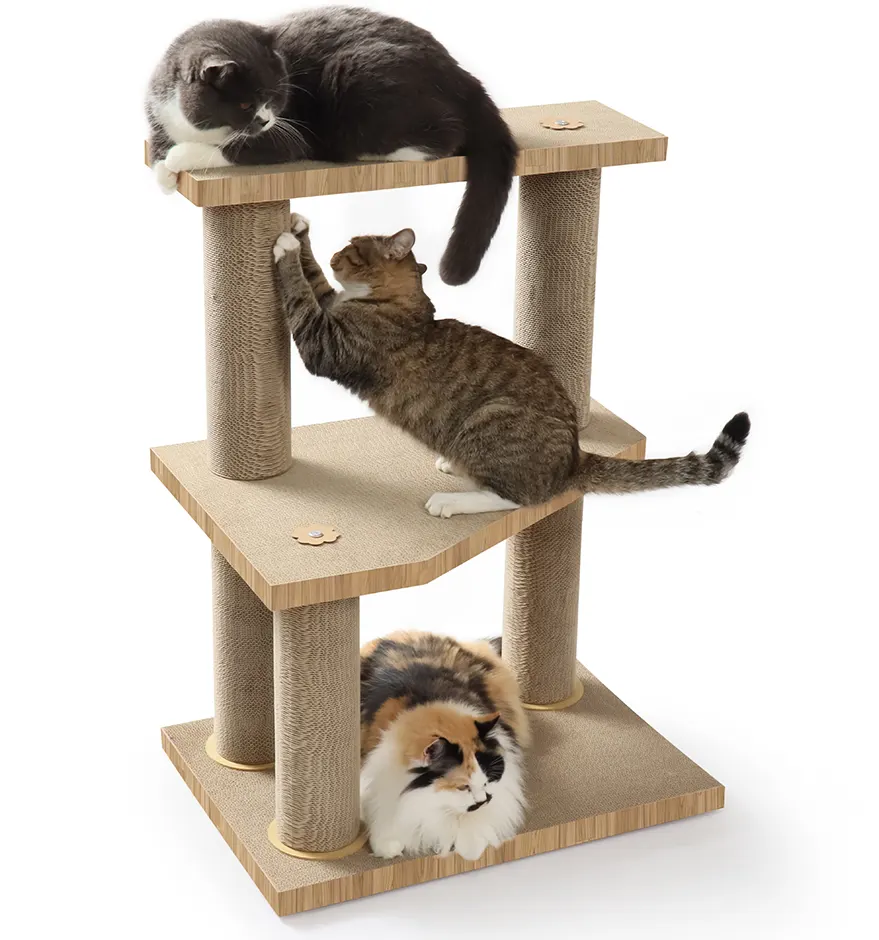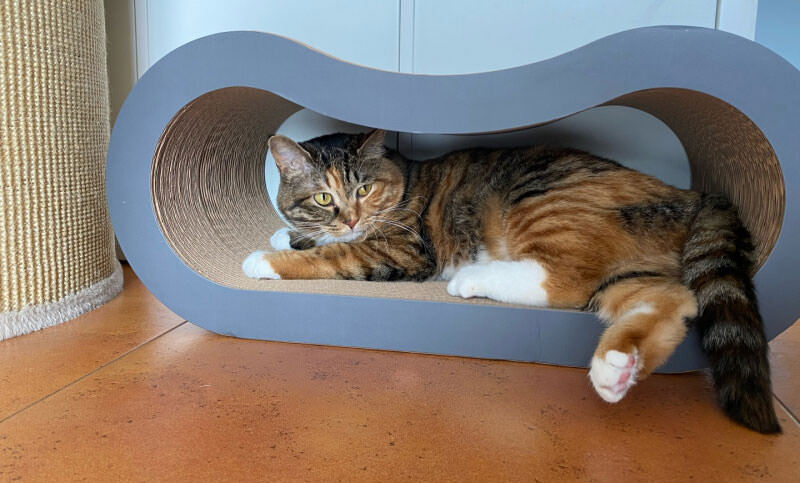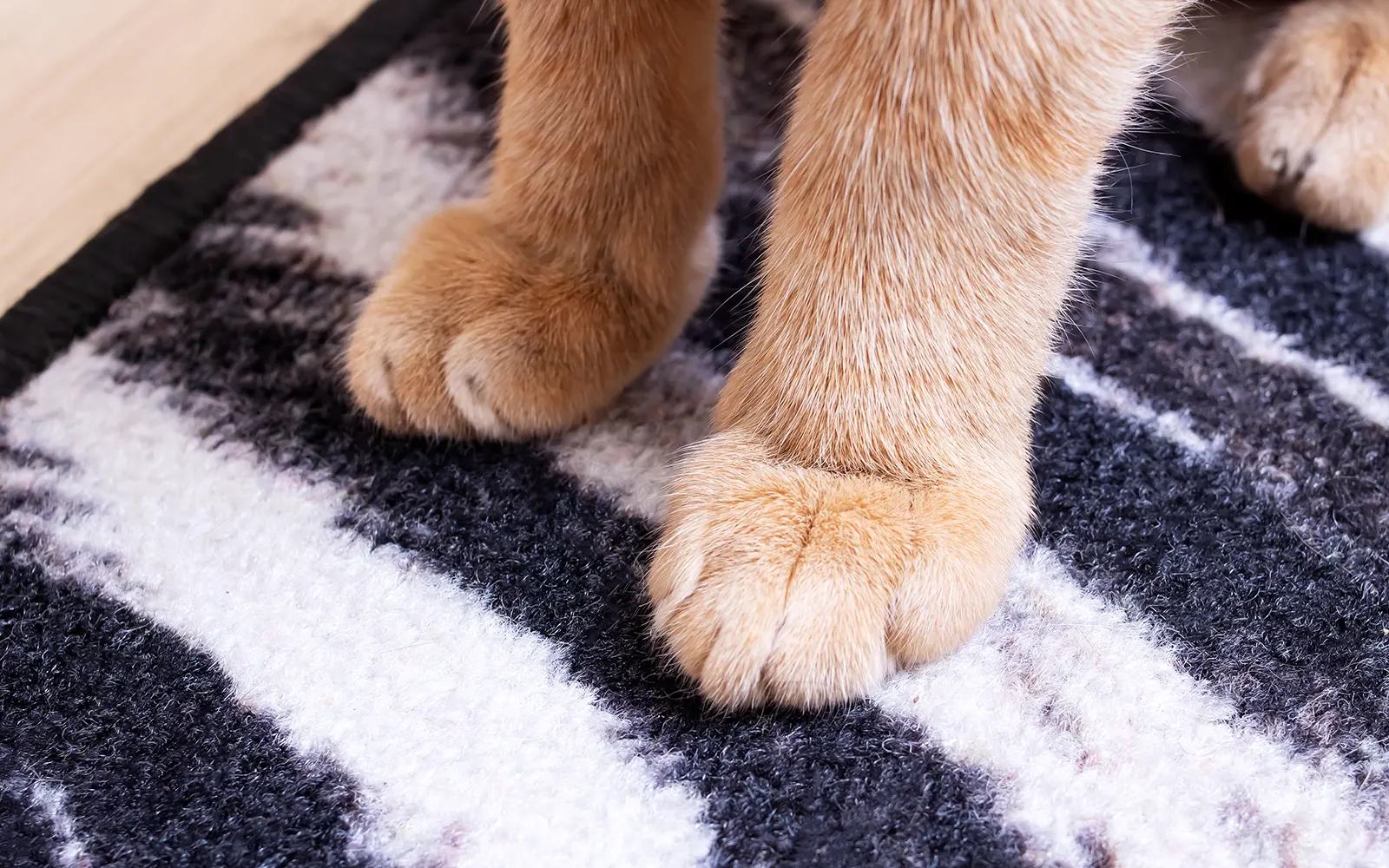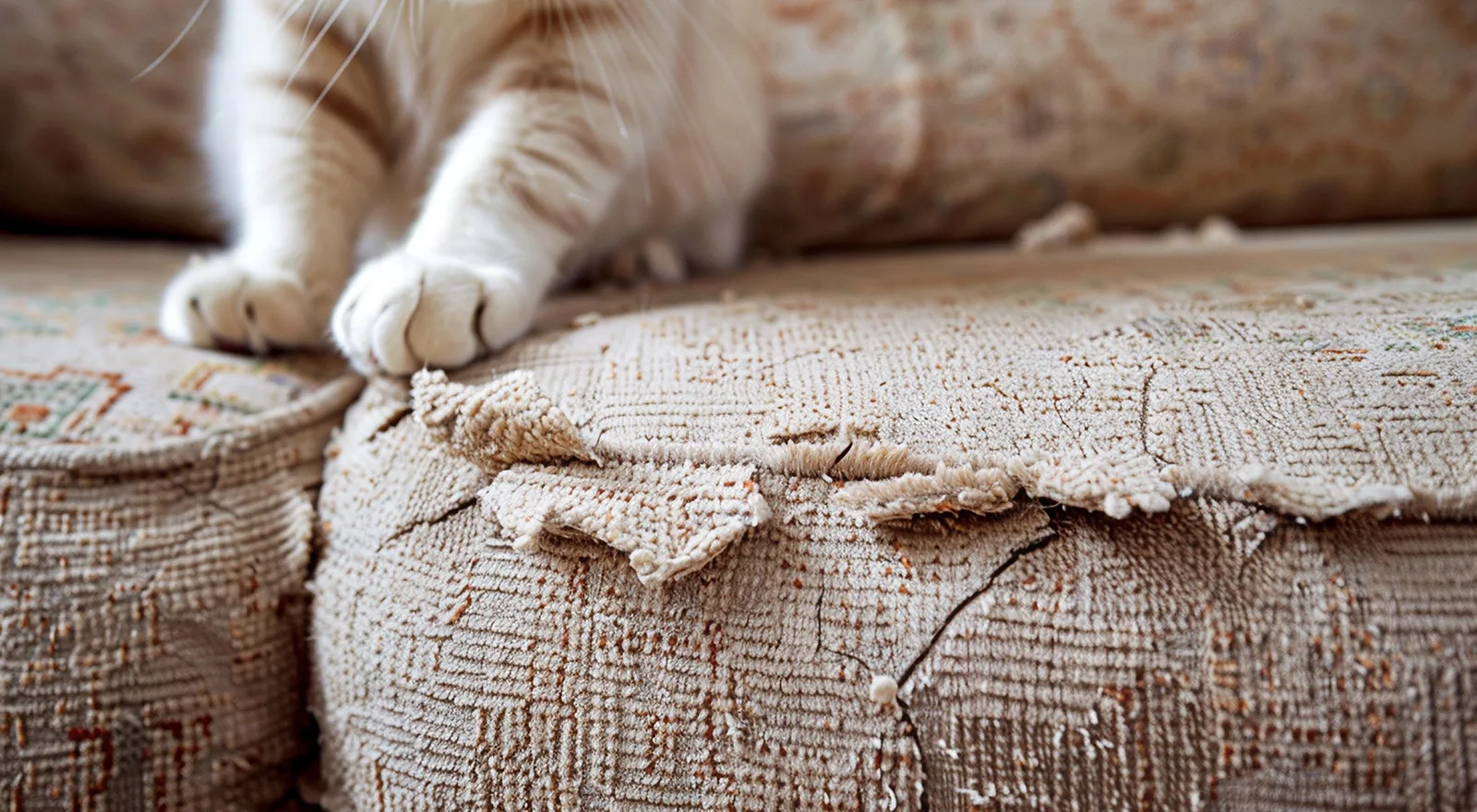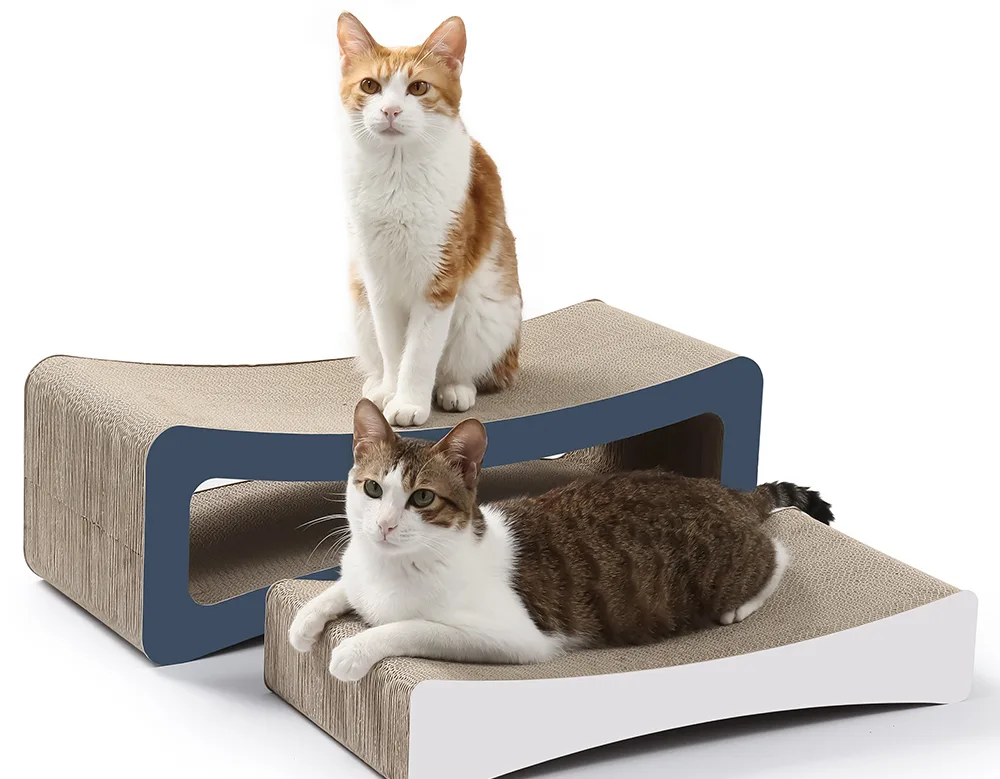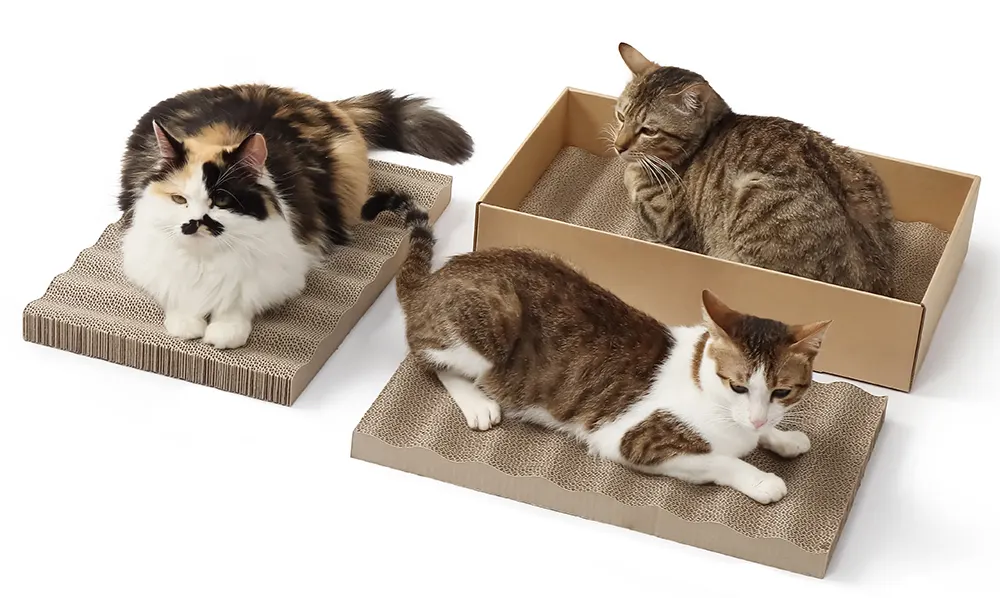Cardboard Cat Scratchers Safety Guide
Cardboard cat scratchers are generally safe for cats when certain considerations are met.
Material Safety
Cardboard cat scratchers are typically safe if made from plain, untreated cardboard without harmful chemicals. Reputable manufacturers often use non-toxic adhesives, such as starch-based glue, and avoid dyes or coatings. If the scratcher includes catnip, ensure it is organic or sourced from a trusted supplier to minimize pesticide exposure.
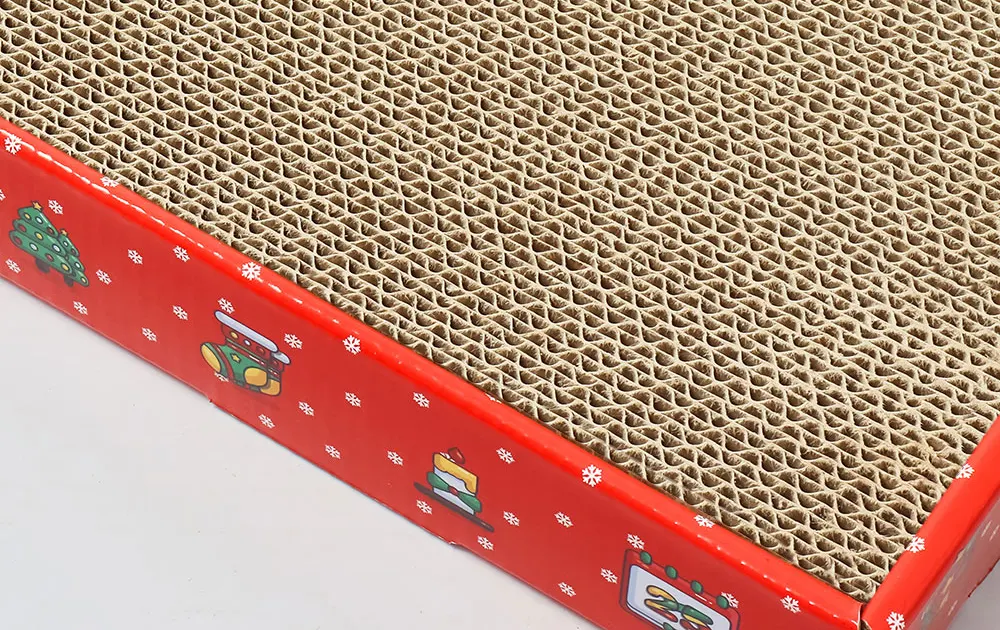
Ingestion Risks
While most cats scratch rather than chew, some may bite off small pieces of cardboard. Occasional ingestion of tiny bits is usually harmless and passes through the digestive system. However, frequent or excessive chewing could lead to intestinal blockages, especially in cats prone to pica (eating non-food items). Monitor your cat’s behavior and switch to sisal or wood scratchers if ingestion becomes a concern.
Construction and Design
Choose scratchers with sturdy, smooth edges to prevent injuries from sharp fragments. Avoid models with loose flaps, detachable parts, or flimsy structures that might collapse during use. Cardboard scratchers can produce dust as they wear down, which may irritate cats with respiratory sensitivities. Place them in well-ventilated areas and clean debris regularly.
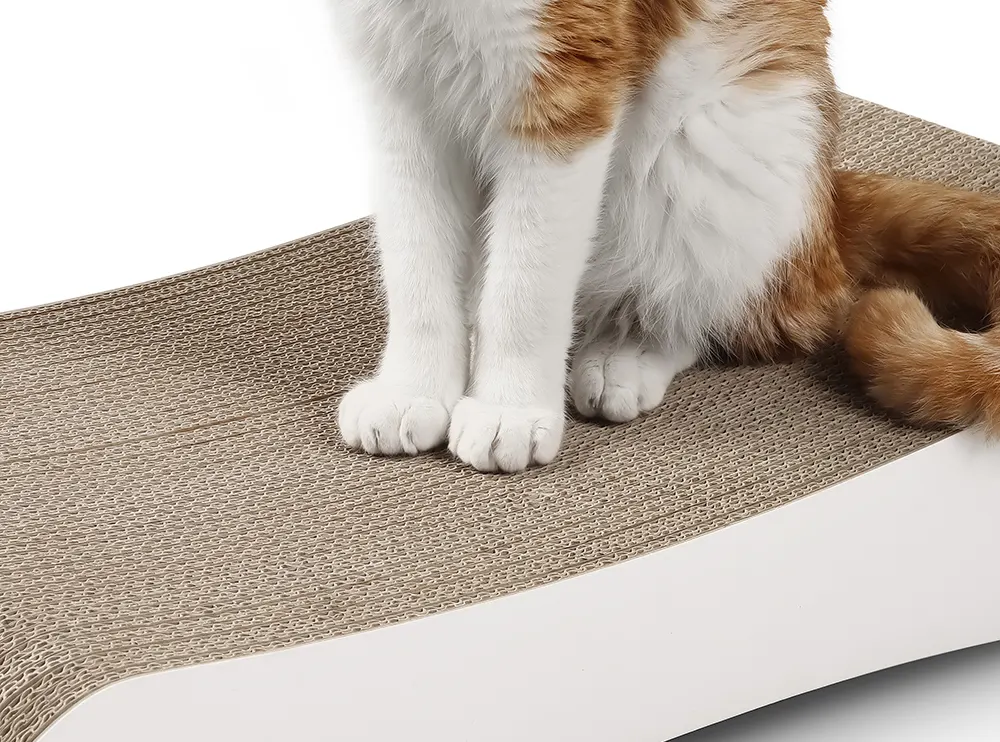
Maintenance and Hygiene
Cardboard scratchers cannot be cleaned thoroughly and should be replaced once they become soiled, damp, or overly worn. Moisture can lead to mold growth, posing health risks. For stability, secure freestanding scratchers to prevent tipping—for example, by weighting the base or positioning them against a wall.
Alternative Options
If cardboard poses risks for your cat, consider alternatives like sisal rope, natural wood, or carpet-covered scratchers. Ensure sisal is tightly wound to avoid loose fibers, and opt for unfinished wood to prevent chemical exposure. Hybrid designs combining cardboard with other materials may also appeal to cats with varied preferences.
Final Notes
Cardboard scratchers are generally safe for cats without destructive chewing habits. Prioritize high-quality products, supervise initial use, and replace them promptly when damaged. Always tailor choices to your cat’s behavior and health needs—for example, opting for dust-free alternatives if your cat has allergies.
